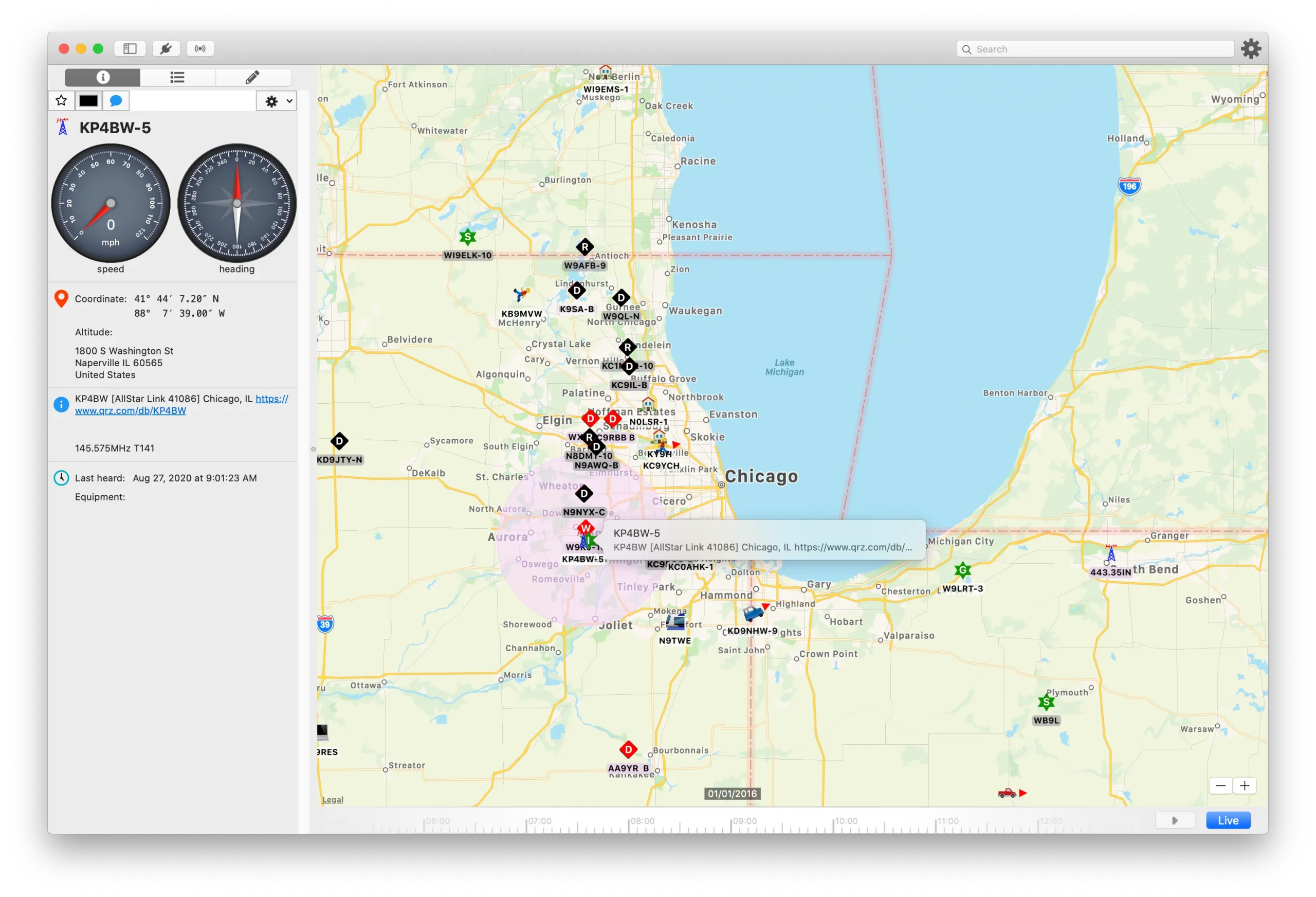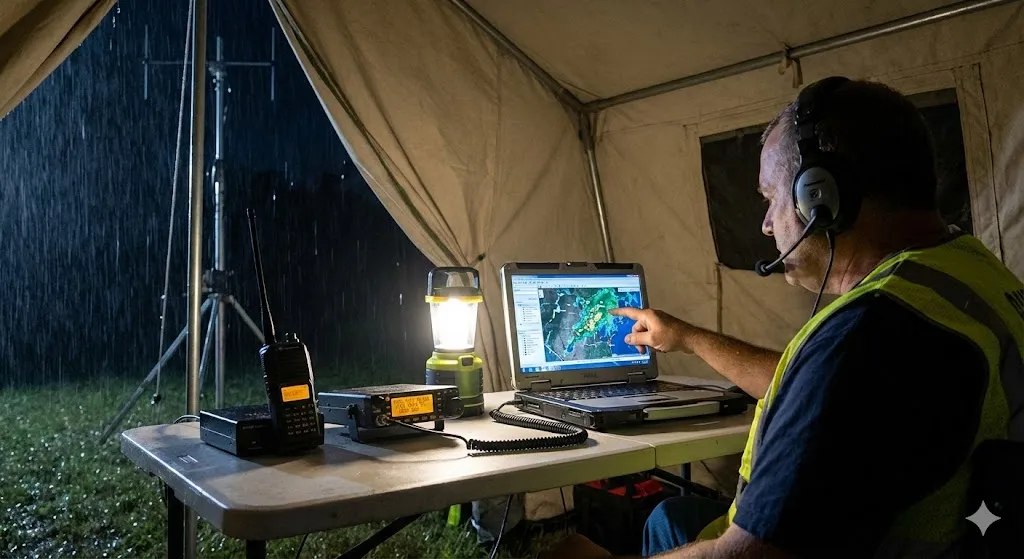Exploring APRS Trackers: History, Usages, Types, Functions, and Top Projects
Introduction:
Welcome, fellow ham radio enthusiasts! Today, we’re delving into the fascinating world of Automatic Packet Reporting System (APRS) trackers. Whether you’re a seasoned operator or a curious newcomer, APRS offers an exciting avenue for real-time tracking and data communication. In this post, we’ll dive into the history, usages, types, functions, and highlight some of the top APRS tracker projects.
History of APRS:
Developed by Bob Bruninga, WB4APR, in the early 1980s, APRS originally aimed to track moving objects using packet radio technology. Over the years, it has evolved into a versatile system for various applications, including vehicle tracking, weather reporting, emergency communications, and more. APRS leverages amateur radio frequencies and the Internet to provide real-time data transmission and visualization.
Usages of APRS Trackers:
- Vehicle Tracking: APRS trackers are commonly used to monitor the location and movement of vehicles, such as cars, boats, and airplanes. This application is particularly popular among amateur radio operators participating in events like rallies or long-distance races.
- Weather Reporting: APRS weather stations equipped with sensors for temperature, humidity, wind speed, and direction provide valuable real-time weather data to meteorologists and outdoor enthusiasts.
- Emergency Communications: APRS trackers play a crucial role in emergency response scenarios by enabling rescuers to track and coordinate resources efficiently. In disaster situations, APRS can be used to relay critical information, such as the location of stranded individuals or the status of infrastructure.
- Asset Tracking: Businesses and organizations utilize APRS trackers to monitor the movement and status of valuable assets, such as shipping containers, wildlife, and equipment.
Types of APRS Trackers:
- Mobile Trackers: Installed in vehicles or carried by individuals, mobile APRS trackers transmit position reports at regular intervals via radio waves. These trackers often integrate GPS receivers and transceivers for communication.
- Weather Stations: APRS weather stations collect meteorological data from sensors and transmit it to APRS networks for dissemination. These stations contribute to local weather monitoring and forecasting efforts.
- Balloon Trackers: APRS trackers attached to high-altitude balloons enable enthusiasts to track the balloon’s ascent, trajectory, and descent. These projects provide valuable data for atmospheric research and education.
- Portable Trackers: Handheld APRS trackers are compact devices designed for outdoor activities like hiking, camping, and geocaching. They allow users to share their location and communicate with other operators in remote areas.
Functions of APRS Trackers:
- Position Reporting: APRS trackers transmit latitude, longitude, altitude, and other relevant information to APRS networks for display on maps.
- Messaging: Users can exchange text messages via APRS, facilitating communication between operators in the field or coordinating activities during events.
- Telemetry: APRS trackers equipped with sensors can transmit telemetry data, such as temperature, pressure, and voltage, for monitoring and analysis.
- Object Tracking: APRS supports the tracking of movable objects, such as vehicles, using unique identifiers and position reports.
Top APRS Tracker Projects:
- APRSdroid: An Android application that turns smartphones into APRS trackers, providing GPS tracking, messaging, and mapping capabilities.
- Trackuino: An open-source APRS tracker platform based on Arduino, suitable for DIY enthusiasts interested in building their own trackers.
- Byonics MicroTrak: Compact and affordable APRS tracker kits designed for mobile and portable applications, offering reliable performance and ease of use.
- Raspberry Pi APRS Tracker: Utilizing Raspberry Pi single-board computers, this project offers a flexible platform for building custom APRS trackers with advanced features and connectivity options.
Conclusion:
APRS trackers continue to revolutionize amateur radio communications by enabling real-time tracking, data reporting, and coordination across diverse applications. Whether you’re tracking vehicles, monitoring weather, or conducting experiments, APRS offers a powerful toolkit for amateur radio operators worldwide. Explore the possibilities, get involved in APRS projects, and join the vibrant community of APRS enthusiasts pushing the boundaries of innovation and exploration. Happy tracking!






Post Comment